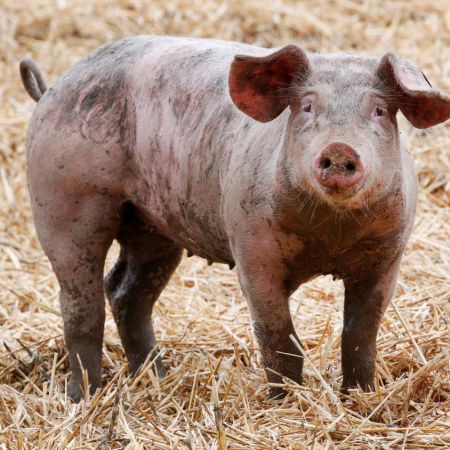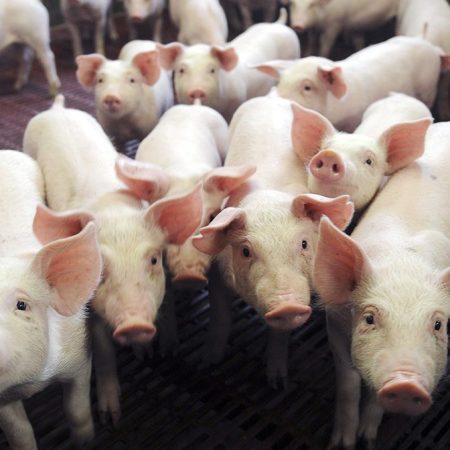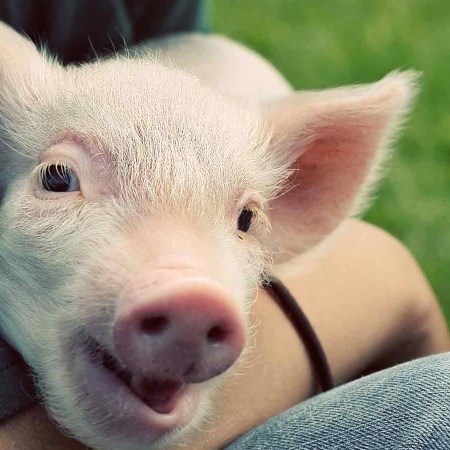It turns out 30-50 feral hogs was just the beginning. Sadly, that’s not the tag line for an upcoming movie — say, the mockbuster version of Cocaine Bear. Instead, it’s a situation that farmers and rural residents are dealing with that’s all too real. The Guardian just published an unnerving report about the threat posed by a new array of feral pigs that have been making their way into the United States from Canada.
The animals in question have been dubbed “superpigs” for their intelligence and adaptability — including their resourcefulness and ability to survive in cold climates by avoiding the worst conditions. Apparently, these creatures arose when wild boars and domestic pigs mated, creating a hybrid with the best qualities of both, as well as an insatiable appetite.
Michael Marlow, an expert in feral swine at the U.S. Department of Agriculture, explained to The Guardian why the “superpigs” are so dangerous to other wildlife. “They’ll kill young fawns, they’re known to be nest predators, so they impact turkeys and potentially quail,” Marlow said. Throw in the fact that they can damage the environment and spread disease and you have a perfect storm on your hands.
New Study Estimates Feral Hogs Release 5.4 Million Tons of Carbon Dioxide Annually
An unlikely environmental concernThe article also notes that experts have made their peace with the feral pigs’ presence. There are still efforts to reduce their population, via hunting and other methods, but the issue is less about removing them entirely and more managing the hogs that do exist. It’s an object lesson in the effects of invasive species, and it’s only getting more extreme.
Thanks for reading InsideHook. Sign up for our daily newsletter and be in the know.


















